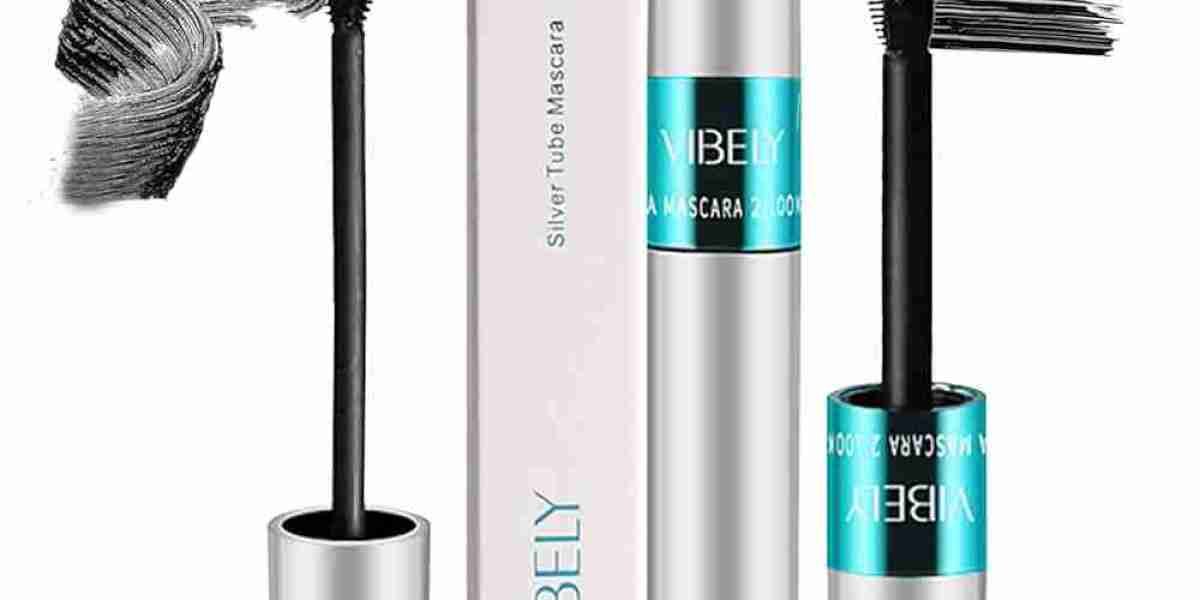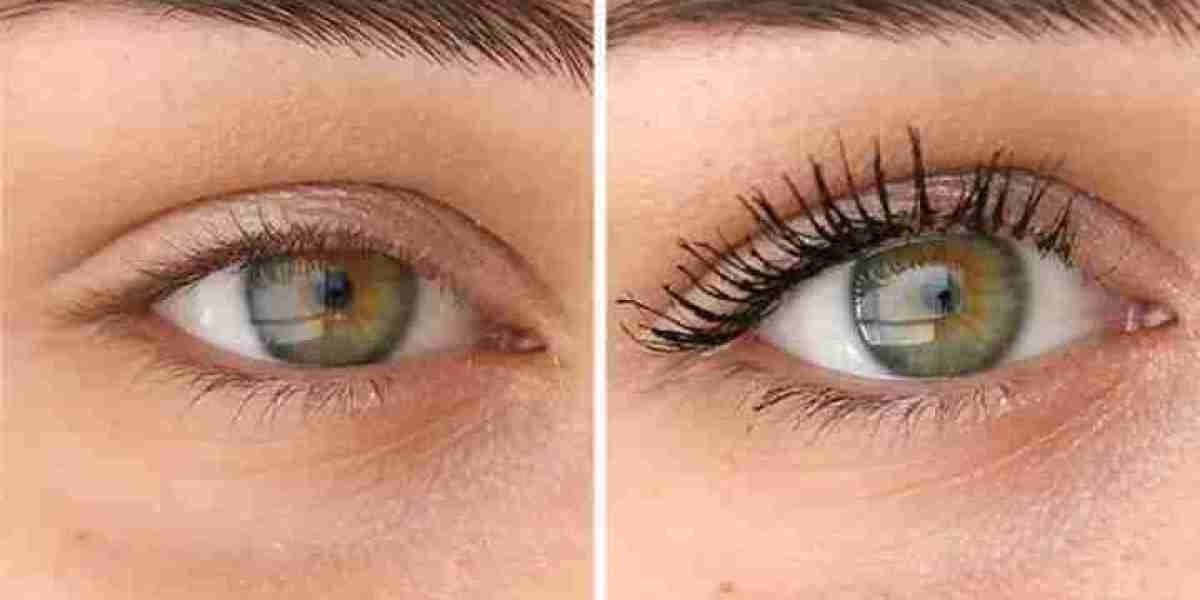The Purr-fect Solution: A Comprehensive Guide to Indoor Cat Door cat-friendly housing installation
As any cat owner knows, providing a safe and convenient method for felines to go into and leave your home can be a difficulty. Standard doors often pose a problem, as they can be tough for cats to open and close, and might even pose a danger of accidental escape or injury. This is where indoor cat doors come in-- a simple, yet effective solution that allows your feline buddy to come and go as they please, while keeping the comfort and security of your home.

In this short article, we will look into the world of indoor cat door installation, checking out the benefits, types, and installation procedures included. Whether you're an experienced DIY lover or a novice house owner, this detailed guide will supply you with all the information you need to develop a purr-fectly functioning cat door for your feline companion.
Advantages of Indoor Cat Doors
Before we dive into the installation process, let's take a look at the advantages of indoor cat doors:
• Convenience: Indoor cat door fitting doors allow your cat to come and go as they please, eliminating the requirement for consistent door opening and closing.• Energy Efficiency: By reducing the variety of times you need to open and close conventional doors, indoor cat doors can assist reduce heat loss and gain, making your home more energy-efficient.• Safety: Indoor cat doors minimize the danger of unexpected escape or injury, as your cat can securely enter and leave your house without the danger of being caught or hit by a closing door.• Reduced Stress: Indoor cat doors can help in reducing tension and stress and anxiety in both felines and owners, as they get rid of the requirement for constant door monitoring and create a more tranquil living environment.
Kinds Of Indoor Cat Doors
When it pertains to indoor cat doors, there are a number of types to select from, each with its own special characteristics and advantages:
- Magnetic Cat Doors: These doors utilize a magnetic closure system to keep the door shut, and are perfect for smaller sized cats and kittycats.
- Spring-Loaded Cat Doors: These doors use a spring-loaded mechanism to keep the door shut, and are appropriate for bigger felines and multi-cat households.
- Electronic Cat Doors: These doors utilize sensing units and motors to manage access, and are ideal for tech-savvy owners who want a state-of-the-art solution.
- Handbook Cat Doors: These doors require manual opening and closing, and are perfect for owners who prefer a more traditional method.
Installation Process
Setting up an indoor cat door is a reasonably simple process that requires some standard DIY skills and tools. Here's a detailed guide to assist you get going:
Tools Needed:
- Drill and bits
- Screwdriver and screws
- Measuring tape
- Level
- Pencil and marker
- Shatterproof glass and a dust mask (optional)
Step 1: Choose the Perfect Location
When selecting the perfect area for your indoor cat door, Www.repairmywindowsanddoors.co.uk think about the following aspects:
- Traffic: Choose a location with minimal foot traffic to prevent accidents and stress.
- Accessibility: Ensure the place is quickly available for your cat, and preferably near a food source or litter box.
- Climate: Avoid locations with extreme temperature levels, wetness, or drafts.
Step 2: Measure and Mark the Door
Measure the width of your cat door and mark the center point on the wall or door frame. Use a level to ensure the mark is straight, and a pencil to draw the line along the length of the door.
Action 3: Cut Out the Door
Utilize a drill and bits to eliminate a hole for the cat door, following the maker's guidelines for shapes and size.
Step 4: Install the Door Frame
Set up the door frame, ensuring it is level and protect. Usage screws to attach the frame to the wall or door frame.
Step 5: Add the Door Panel
Attach the door panel to the frame, following the producer's directions for assembly and installation.
Step 6: Test the Door
Test the door to guarantee it is operating correctly, and make any necessary changes to the alignment or tension.
Regularly Asked Questions (FAQs)
Q: How do I select the best size cat door for my pet?
A: Measure your cat's width and height to determine the ideal door size. Consult with the manufacturer or a pet expert for assistance.
Q: How do I avoid drafts and moisture from entering through the cat door?
A: Install a weatherproof seal or limit to decrease drafts and moisture. Routinely clean and maintain the door to prevent damage.
Q: Can I set up an indoor cat door in a load-bearing wall?
A: It is advised to avoid installing cat doors in bearing walls, as this can compromise the structural integrity of your home. Talk to a professional if you're unsure.
Q: How do I keep other animals or pests from getting in through the cat door?
A: Install a protected locking mechanism or use a magnetic closure system to prevent undesirable entry. Think about adding a screen or mesh to keep pests and insects out.
Advice:
• Add a ramp or step: Create a comfy and safe entry point for your cat by including a ramp or step.• Use a soft-close system: Reduce noise and tension by installing a soft-close system that slows the door's closure.• Regularly tidy and keep the door: Keep your cat door in top condition by routinely cleaning and maintaining the door and its parts.
In conclusion, setting up an indoor cat door is a simple and effective way to develop a comfy and hassle-free living environment for your feline buddy. By following this thorough guide, you can develop a purr-fectly functioning cat flap for glass door door that satisfies your pet's requirements and enhances your home's comfort and security.





